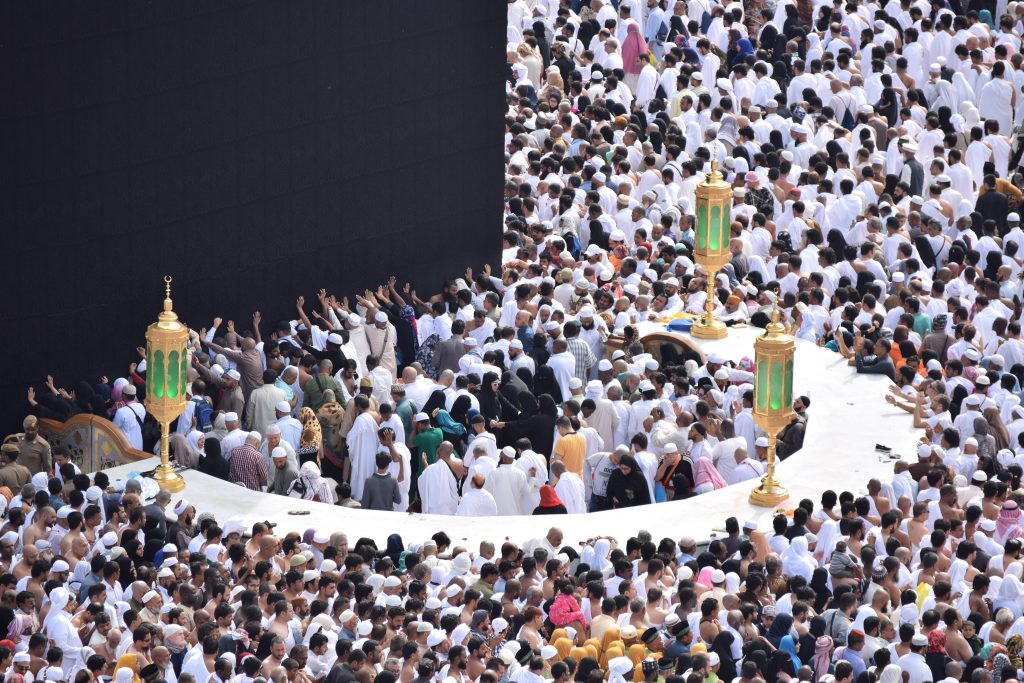The Differences Between Umrah and Hajj
Learn the Main Differences Between the Pilgrimages

Hajj and Umrah are religious pilgrimages made by Muslims to the Holy City of Makkah. They are performed to build a deeper connection to their religion and to complete their religious duties. Although both the pilgrimages require Muslims to make their way to Makkah, there are some essential differences between the two pilgrimages; to understand these differences it is necessary to understand what these pilgrimages are and what they signify first.
Umrah can be performed by Muslims at any time of the year (except during 8-13th of Zil Hajj). The pilgrimage consists of Muslims travelling to Makkah and performing a number of rituals. These include the Ihram, performing Tawaf around the Kaaba, Sai’ between Safa and Marwa, drinking Zamzam water and finally cutting or shaving hair.
The Hajj pilgrimage is one of the mandatory five pillars of Islam, making it the more significant of the two pilgrimages. Hajj is expected to be performed by every Muslim at least once in their lifetime as long as they are able and have the means. Hajj cannot be performed all year round like Umrah. Rather, it can only be performed in the month of Zil Hajj. The rituals of Hajj are the same as those performed during Umrah with a few additional rituals that are required. These additional rituals include spending the night in Mina, spending time in Muzdalifah and Arafat, the symbolical stoning of the Devil and slaughtering an animal as a sacrifice to God.
These are the main differences between the two pilgrimages. However, a deeper understanding of the two surfaces a lot more. These differences come through in the significance and the meaning of the two. Keep an eye out for future blogs that delve deeper into the meaning and significance of Umrah and Hajj.


